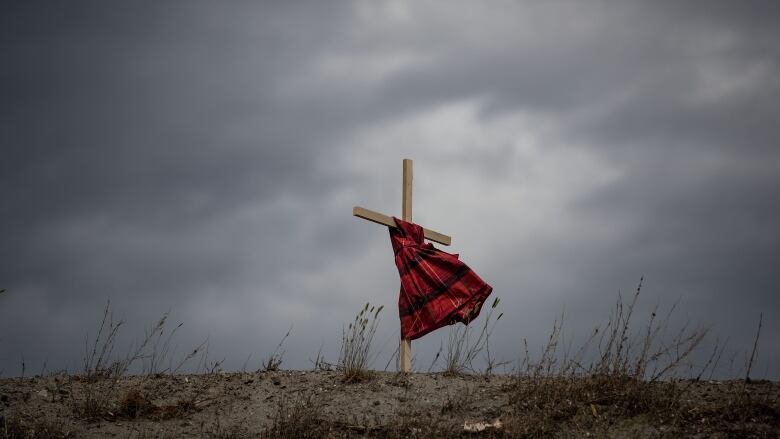Records contain school narrative for Kamloops Indian Residential School

The leadership of Tk'emlúps te Secwépemc hopes to identify and locate missing children believed to be buried in unmarked graves near the former Kamloops Indian Residential School (IRS) with the help of previously undisclosed documents set for release by the federal government.
The federal government plans to transfer more than 875,000 records through a recently signed agreement with the National Centre for Truth and Reconciliation (NCTR), the archival repository for all of the material collected by the Truth and Reconciliation Commission.
Those files include the school "narrative" for Kamloops IRS, which summarizes the institution's history, including its administration, attendance record, key events and reports of abuse.
"We have to find answers," Tk'emlúps te Secwépemc Kukpi7 (Chief) Rosanne Casimir told CBC News.
"Access to the records means not having to re-traumatize ... residential school survivors to pinpoint information about who attended KIRS and who could possibly be in the unmarked graves."
Tk'emlúps te Secwépemc sent shockwaves around the world last May when it announced the preliminary findings from ground penetrating radar scans — 215 suspected graves of children near the site of Kamloops IRS.
Now,
the community and residential school survivors are waiting for their
chance to review these records for the first time, which could help
piece together what happened at Canada's largest residential school. KEEP READING
PLEASE WATCH
The Fifth Estate shows how a B.C. First Nation is dealing with the traumatic discovery of what are assumed to be the graves of children near a former residential school, as it tries to lead the way for other communities coping with a similar tragic history. 45:35







No comments:
Post a Comment
tell us your thoughts!